Evgeny Sveshnikov & Vladimir SveshnikovThe Complete French AdvanceThe Most Uncompromising Way to Attack the French DefenceNew In Chess 2017 2017 New In Chess Published by New In Chess, Alkmaar, The Netherlands www.newinchess.com All rights reserved. No part of this book may be reproduced, stored in a retrieval system or transmitted in any form or by any means, electronic, mechanical, photocopying, recording or otherwise, without the prior written permission from the publisher. Cover design: Volken Beck
Supervision: Peter Boel
Translation: Steve Giddins
Editing and typesetting: Frank Erwich
Proofreading: Casper Schoppen
Production: Anton Schermer Have you found any errors in this book?
Please send your remarks to and implement them in a possible next edition. ISBN: 978-90-5691-718-0 Explanation of symbolsThe chessboard with its coordinates:
 White to move
White to move  Black to move King Queen Rook Bishop Knight
Black to move King Queen Rook Bishop Knight  White stands slightly better
White stands slightly better  Black stands slightly better
Black stands slightly better  White stands better
White stands better  Black stands better + White has a decisive advantage + Black has a decisive advantage = balanced position the position is unclear
Black stands better + White has a decisive advantage + Black has a decisive advantage = balanced position the position is unclear  with compensation for the material ! good move !! excellent move ? bad move ?? blunder !? interesting move ?! dubious move
with compensation for the material ! good move !! excellent move ? bad move ?? blunder !? interesting move ?! dubious move  with counterplay with attack with initiative Foreword by Anatoly Karpov Zhenya Sveshnikov and myself are not just contemporaries, but also neighbours he is from Chelyabinsk and I from nearby Zlatoust. We played together many times on junior teams, first for Russia and then the Soviet Union. We even had the same coach at one point Leonid Arnoldovich Gratvol, a fanatical teacher of chess to children.
with counterplay with attack with initiative Foreword by Anatoly Karpov Zhenya Sveshnikov and myself are not just contemporaries, but also neighbours he is from Chelyabinsk and I from nearby Zlatoust. We played together many times on junior teams, first for Russia and then the Soviet Union. We even had the same coach at one point Leonid Arnoldovich Gratvol, a fanatical teacher of chess to children.
It was probably from him that the future grandmaster obtained a love not only of analytical work, but also of teaching, which he took up quite early on. Usually, practical players prefer to play in tournaments, and not to waste time and strength on other things. But Evgeny Ellinovich, a rare case among chess players, has managed not only to play in hundreds of international tournaments, but also to produce a whole raft of players, including dozens of GMs and IMs. I would like to mention my old comrades extremely high level of analytical ability, his honesty and his sheer human decency, which I experienced many times during the years when he was one of my seconds for the extremely tough matches against Garry Kasparov. Our cooperation continues in various spheres to this day. Thus, Evgeny Ellinovich helps me prepare for important tournaments, teaches in the Anatoly Karpov Chess School and never declines to help when I am looking for comrades with whom to travel to the far corners of the country, spreading the popularity of chess.
I should add that he also does the latter on his own initiative; thus, it is thanks to his generosity that chess schools have opened in Alta and the South Urals region, our home area. Finally, one cannot fail to mention his fantastic devotion to research work in the openings, which after many years has yielded brilliant results. I remember that over 40 years ago, at the USSR Championship, I sympathised with him, asking Zhenya, why do you torture yourself in this Sicilian with 7-5? Why dont you just choose something simpler and easier to play? But now I can say with objectivity that he was right to ignore me now the whole world plays the Sveshnikov System! And I, as a proud Urals man, can say that now the line has a name reflecting the region the Cheliabinsk Variation. Unfortunately, for various reasons, the book on the Sveshnikov System, published way back in the 1980s, was for a very long time the only one of Sveshnikovs books to appear in Russian. Only at the start of the new century did Evgeny Ellinovich produce a new theoretical work. In recent years he has published four more books with New In Chess! The second work was devoted to the popular 3.5 system against the French Defence, and the popularity of this system owes a great deal to Sveshnikov, who has played it all his life, feels its nuances almost in his fingertips and has a huge plus score with it against great specialists in the French Defence, such as Bareev, for example.
The book quickly became popular with amateurs and was translated into many foreign languages English, French, German, Spanish, etc. The system is seen in tournaments at every level, including the very highest. Here is a striking statistic: at the end of 2005, the computer databases contained about 25,000 games with 3.5, whereas now the figure is in excess of 75,000! The time has come for a new edition, and in this regard, Evgeny Ellinovich has been greatly helped by his son, Vladimir, an IM and Latvian Champion in 2016. The authors have carried out a serious amount of work: all variations have been checked with computers and an additional chapter added, Theoretical discoveries in recent years. In Evgeny Sveshnikovs opinion, Black does not equalise fully in the system with 3.5, and so far nobody has been able to prove him wrong. This, in my view, is a true textbook, original in conception and outstanding in execution.
It not only teaches you to play a concrete variation of the French Defence, but also to absorb many typical strategic devices in the middlegame, which for the majority of amateurs is even more important. This book will undoubtedly be of benefit to a wide spectrum of players. For example, lower-rated players can quickly learn a very dangerous plan of attack, whilst masters and even grandmasters have the chance to consult once again with the greatest specialist in the world on this variation. Anatoly Karpov,
Multiple World Champion
June 2017Introductory word from Evgeny Sveshnikov I have been playing 3 e5 against the French for about 45 years already. In the 1970s, information was not so easy to access as in our computer age, and collecting and working on it was quite difficult, so I became accustomed to relying on my own resources and ideas. I understood that objectively, 3.5 is not the strongest move, but against such great specialists as Vaganian, for example, I did not want to enter into a battle of knowledge in the long and highly complicated variations which arise after the most principled move 3.c3.
Therefore I chose the system with 3.5 in the French (and also 2.c3 against the Sicilian) out of practical considerations, because I realised that my opponents would devote their main attention to the then more popular moves 3.c3 and 3.d2. By the end of the 1980s, I had acquired a lot of theoretical and practical material with the system. I prepared a lecture on it, which I read to my students probably, in excess of a thousand listened to this at various times. And this is what was interesting: when one taught concrete variations to second- and even first-category players, it went in one ear and out of the other and they remembered nothing. But if one taught them a typical idea, based on demonstrating some game or other, it would stick with them for the rest of their days. Therefore, it is best to study a new variation by looking at well-annotated games, where the main ideas and plans are properly explained.
Next page
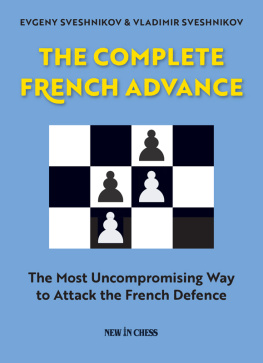
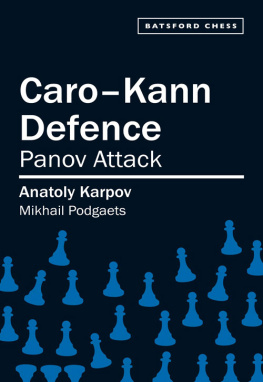
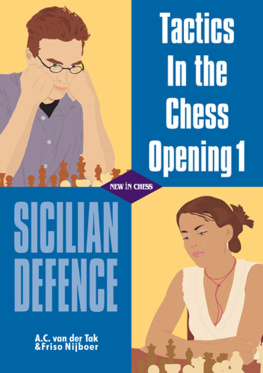
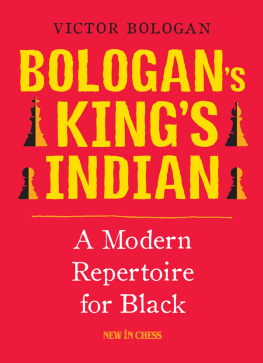
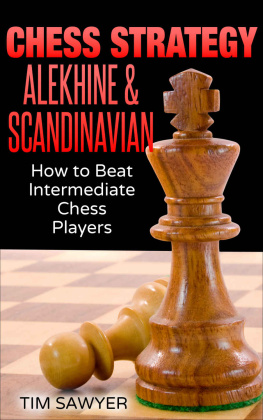

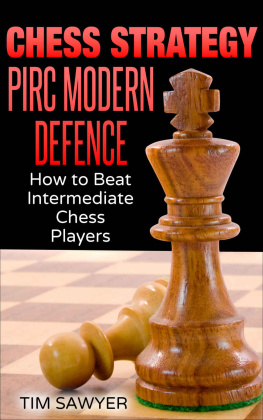
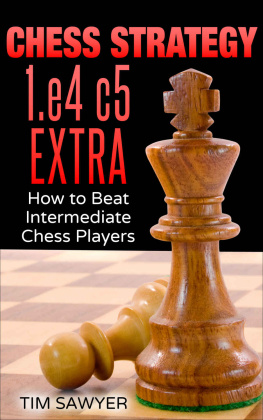
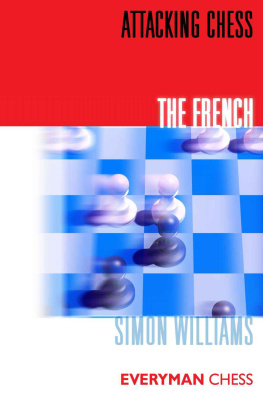

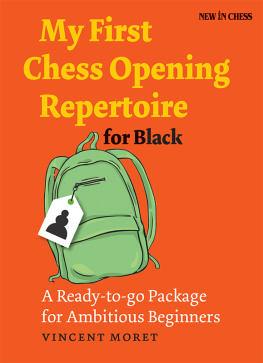
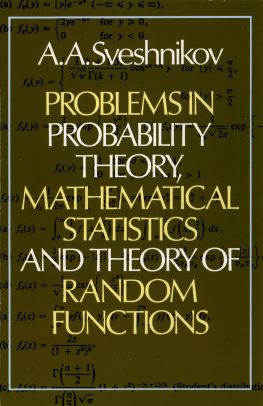
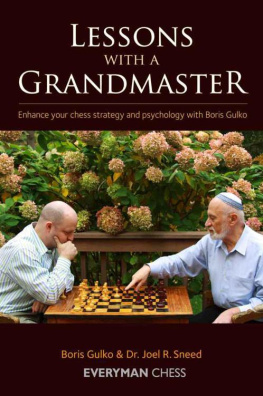

 White to move
White to move  Black to move King Queen Rook Bishop Knight
Black to move King Queen Rook Bishop Knight  White stands slightly better
White stands slightly better  Black stands slightly better
Black stands slightly better  White stands better
White stands better  Black stands better + White has a decisive advantage + Black has a decisive advantage = balanced position the position is unclear
Black stands better + White has a decisive advantage + Black has a decisive advantage = balanced position the position is unclear  with compensation for the material ! good move !! excellent move ? bad move ?? blunder !? interesting move ?! dubious move
with compensation for the material ! good move !! excellent move ? bad move ?? blunder !? interesting move ?! dubious move  with counterplay with attack with initiative Foreword by Anatoly Karpov Zhenya Sveshnikov and myself are not just contemporaries, but also neighbours he is from Chelyabinsk and I from nearby Zlatoust. We played together many times on junior teams, first for Russia and then the Soviet Union. We even had the same coach at one point Leonid Arnoldovich Gratvol, a fanatical teacher of chess to children.
with counterplay with attack with initiative Foreword by Anatoly Karpov Zhenya Sveshnikov and myself are not just contemporaries, but also neighbours he is from Chelyabinsk and I from nearby Zlatoust. We played together many times on junior teams, first for Russia and then the Soviet Union. We even had the same coach at one point Leonid Arnoldovich Gratvol, a fanatical teacher of chess to children.